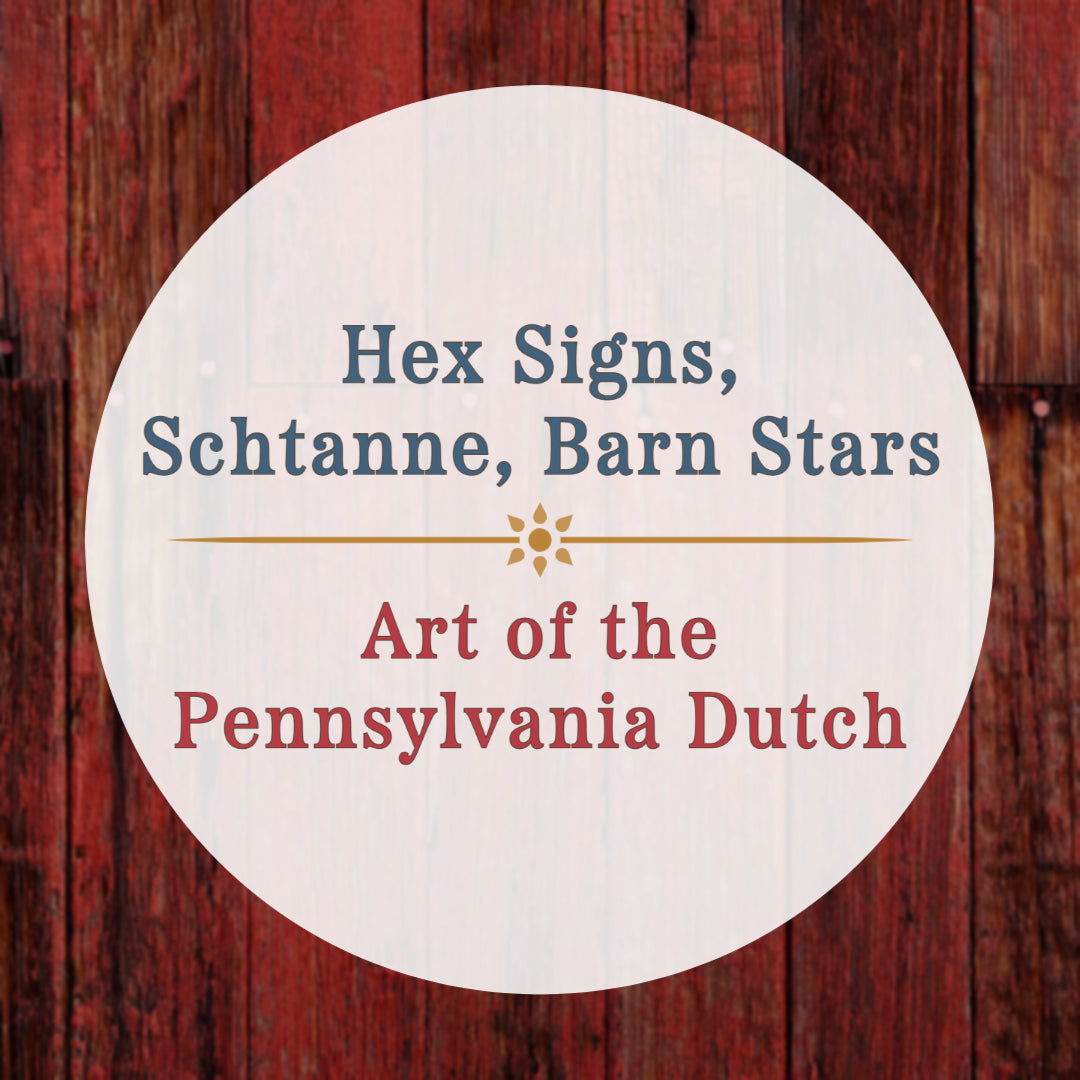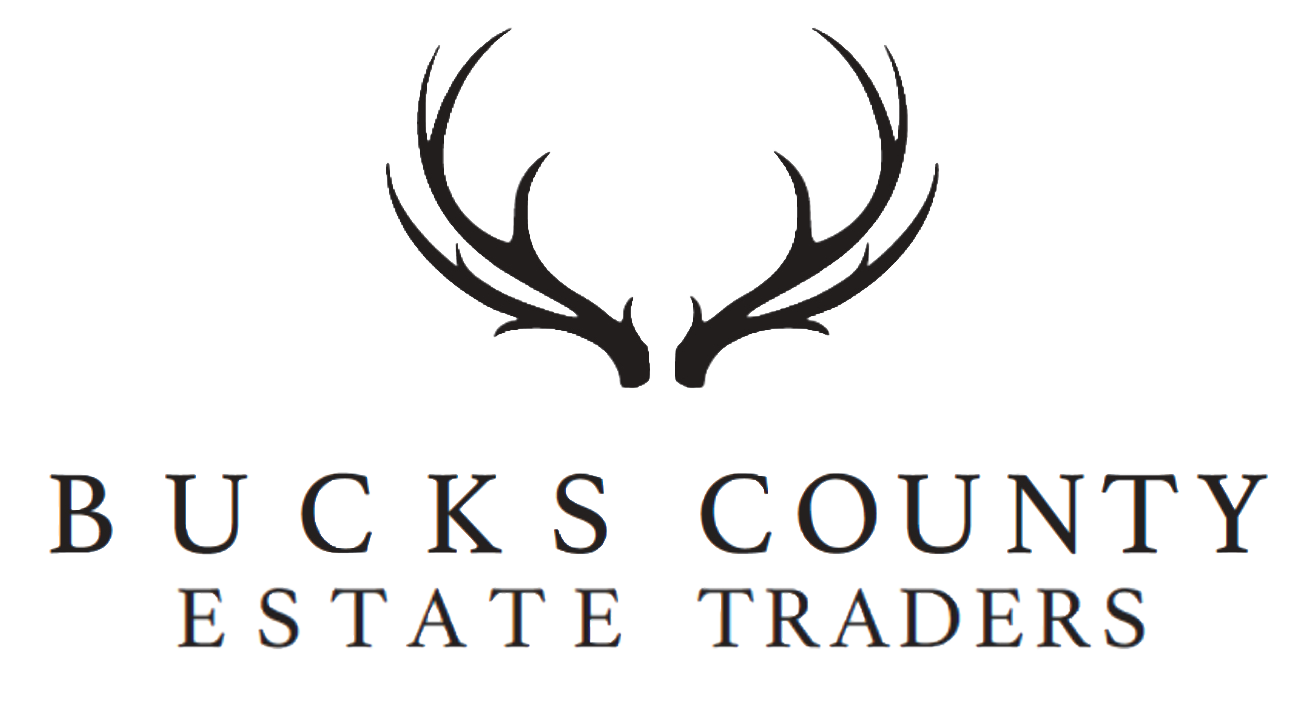
Hex Signs, Schtanne, Barn Stars - Art of the Pennsylvania Dutch
The Pennsylvania Dutch are descended from German-speaking immigrants that arrived in America hundreds of years ago and were collectively called 'Dutch' by their English-speaking neighbors. Farmers by trade, these immigrants retained their agrarian lifestyle in the New World. Their distinctive culture, language, and practices have survived and have since transformed into something entirely unique to the Southeast Pennsylvania region. One of these practices, the elaborately painted barn star, might have been a derivation of the lintel carvings from the Old Country, and has been alternatively symbolic and decorative through the generations.
The art was first popularized by Wallace Nutting's Pennsylvania Beautiful pamphlet, which also inspired the term "hex sign" and spread the misconception that they were associated with the occult. As a result, barn stars experienced a resurgence in the mid 20th century and some of the more business-minded painters were only too glad to capitalize on the misconception that different designs warded off different forces.
While many of the designs are geometric, they do have religious or pagan origins and represent larger themes, such as the many arcs that are used to demonstrate the passage of seasons, the numerology behind the points of the stars, etc. For example, stars with seven points could be interpreted as the seven days of the week or as the seven visible planets in the sky for which they were named. There are also a few elements used that are common to the distinctive blanket chests of the region including hearts and distelfinks (or finches). Many of the symbols have been used in different applications in Europe for thousands of years, but have always been meant to ground the viewer and give perspective on their place in the universe.
The tradition picked up steam after the Civil War and was considered to be mere decoration on an otherwise plain barn, but was also somewhat of a status symbol in the farming community. Barn stars came to represent farmers' pride in their work and lifestyle, a testament to their dedication to the land.
Though always appreciated for its beauty, this folk art has had a long history of appropriation, commercialization and misinterpretation. Today, barns continue to be painted and the tradition not only survives, but thrives, with new artists adding their own creativity while respecting the convention. One fact remains: throughout the hundreds of years and thousands of barn stars, the interpretation is up to the viewer.
To view this blog with additional photos, decor and furniture we have available click here!
Interested in reading our previous blogs? Click here!




Leave a comment
This site is protected by hCaptcha and the hCaptcha Privacy Policy and Terms of Service apply.